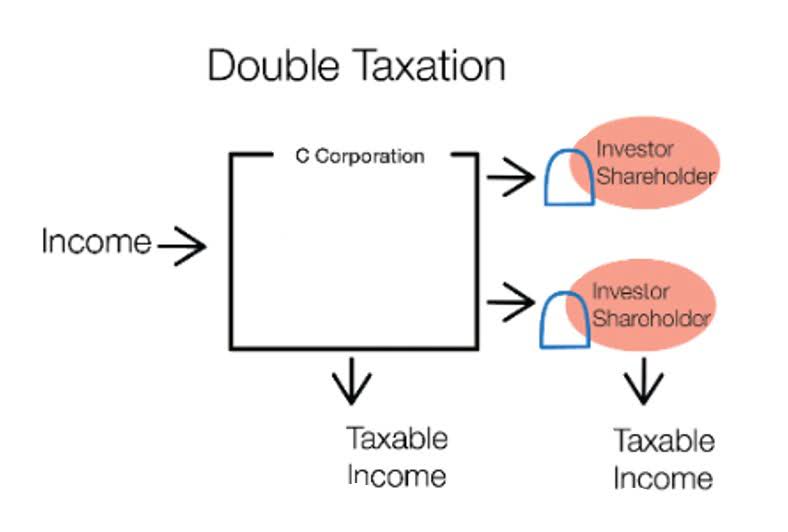
Current liabilities can also be settled by creating a new current liability, such as a new short-term debt obligation. Just as your debt ratios are important to lenders and investors looking at your company, your assets and liabilities will also be closely examined if you are intending to sell your company. Potential buyers will probably want to see a lower debt to capital ratio—something to keep in mind if you’re planning on selling your business in the future.
Where Assets Appear on the Balance Sheet

Keep in mind your probable contingent liabilities are a best estimate and make note that the actual number may vary. Long-term liabilities or debt are those obligations on a company’s books that are not due without the next 12 months. Loans for machinery, equipment, or land are examples of long-term liabilities, whereas rent, for example, is a short-term liability that must be paid within the year.
- Investors can discover what a company’s other liabilities are by checking out the footnotes in its financial statements.
- The present value of a lease payment that extends past one year is a long-term liability.
- They can help a business pay for large expansions and are issued as secured bonds or unsecured bonds.
- Expenses can be paid immediately with cash or the payment could be delayed which would create a liability.
- Long-term debt compared to total equity provides insight relating to a company’s financing structure and financial leverage.
- However, the total liabilities of a business have a direct relationship with the creditworthiness of an entity.
Liability Accounts
Long-term assets are assets the company intends to hold on to for a year or longer. Current liabilities, therefore, are shown at the amount of the future principal payment. Therefore, the value of the liability at the time incurred is actually less than the cash required to be paid in the future. Essentially, the time value of money means that cash received or paid in the future is worth less than the same amount of cash received or paid today. This is because cash on hand today can be invested and thus can grow to a greater future amount.

What Is the Difference Between Assets and Liabilities?
Having them doesn’t necessarily mean you’re in bad financial shape, though. To understand the effects of your liabilities, you’ll need to put them in context. Here are a few quick summaries to answer some of the frequently asked questions about liabilities in accounting. Liabilities and equity are listed on the right side or bottom half of a balance sheet.
- The outstanding money that the restaurant owes to its wine supplier is considered a liability.
- Accounts payable would be a line item under current liabilities while a mortgage payable would be listed under long-term liabilities.
- Policies offer businesses owners peace of mind regarding unexpected financial risk.
- A number higher than one is ideal for both the current and quick ratios, since it demonstrates that there are more current assets to pay current short-term debts.
- The trick is to make sure liabilities don’t grow faster than assets.
Liabilities and assets are the core components of an organization’s financial reports, but they serve opposing functions. Liabilities show what an entity owes, while assets show liabilities list what it owns. The comparison of the two is crucial in analyzing a firm’s net worth & general financial health as it shows its potential to meet obligations & earn future returns.
The debt to capital ratio
A business’s liabilities can be examined in a variety of ways to determine its overall health and long-term viability. A summary of liability types can be found in the illustration below. For example, a manufacturing company with two owned warehouses may decide they need three owned warehouses to keep up with growing product demand. Therefore, the company issues bonds to help pay for the additional warehouse. Even if it’s just the electric bill and rent for your office, they still need to be tracked and recorded.

Liabilities in the accounting equation
Unlike assets, which you own, and expenses, which generate revenue, liabilities are anything your business owes that has not yet been paid in cash. Additionally, a liability that is coming due may be reported as a long-term liability if it has a corresponding long-term investment intended to be used as payment for the debt . However, the long-term investment must have sufficient funds to cover the debt. Long-term liabilities, or noncurrent liabilities, are debts and other non-debt financial obligations with a maturity beyond one year. They can include debentures, loans, deferred tax liabilities, and pension obligations. Liabilities are found on the right side or lower half of a balance sheet.
For the past 52 years, Harold Averkamp (CPA, MBA) hasworked as an accounting supervisor, manager, consultant, university instructor, and innovator in teaching accounting online. For the past 52 years, Harold Averkamp (CPA, MBA) has worked as an accounting supervisor, manager, consultant, university instructor, and innovator in teaching accounting online. Liabilities are a part of your overall financial health, but they might not be harmful as long as you keep them in check.
- Companies should strive to keep their total amount of current liabilities as low as possible in order to remain profitable.
- Included in this category are Mortgages Payable, Bonds Payable, and Lease Obligations.
- Companies of all sizes finance part of their ongoing long-term operations by issuing bonds that are essentially loans from each party that purchases the bonds.
- The ratio, which is calculated by dividing current assets by current liabilities, shows how well a company manages its balance sheet to pay off its short-term debts and payables.
- The main difference between assets and liabilities is that assets provide a future economic benefit while liabilities represent a future obligation.
- We follow strict ethical journalism practices, which includes presenting unbiased information and citing reliable, attributed resources.